Exeter Riddle 44
MEGANCAVELL
Date: Thu 27 Aug 2015Matching Commentaries: Commentary for Exeter Riddle 44
Wrætlic hongað bi weres þeo,
frean under sceate. Foran is þyrel.
Bið stiþ ond heard. Stede hafað godne.
Þonne se esne his agen hrægl
5 ofer cneo hefeð, wile þæt cuþe hol
mid his hangellan heafde gretan
þæt he efenlang ær oft gefylde.
A wondrous thing hangs by a man’s thigh,
under its lord’s clothing. In front there is a hole.
It stands stiff and hard. It has a good home.
When the servant raises his own garment
5 up over his knee, he wants to greet
with his dangling head that well-known hole,
of equal length, which he has often filled before.
Notes:
This riddle appears on folio 112v of The Exeter Book.
The above Old English text is based on this edition: Elliott van Kirk Dobbie and George Philip Krapp, eds, The Exeter Book, Anglo-Saxon Poetic Records 3 (New York: Columbia University Press, 1936), pages 204-5.
Note that this edition numbers the text Riddle 42: Craig Williamson, ed., The Old English Riddles of the Exeter Book (Chapel Hill: University of North Carolina Press, 1977), page 96.
Tags: anglo saxon exeter book riddles old english solutions riddle 44
Related Posts:
Commentary for Exeter Riddle 44
Exeter Riddle 23
Exeter Riddle 37
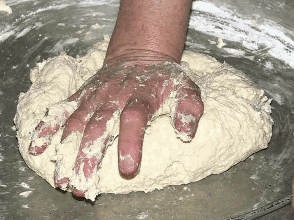
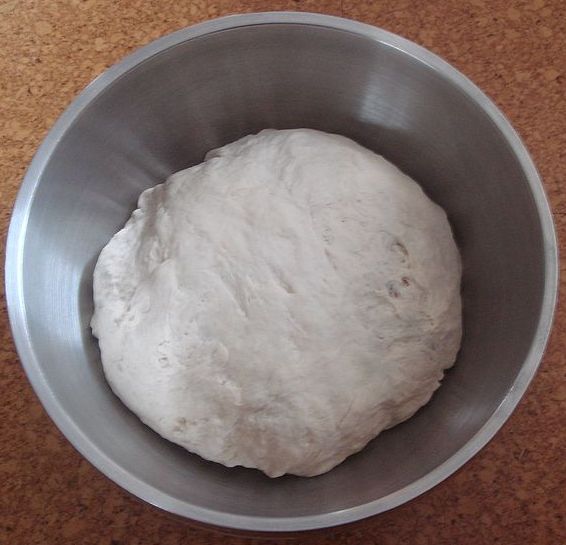
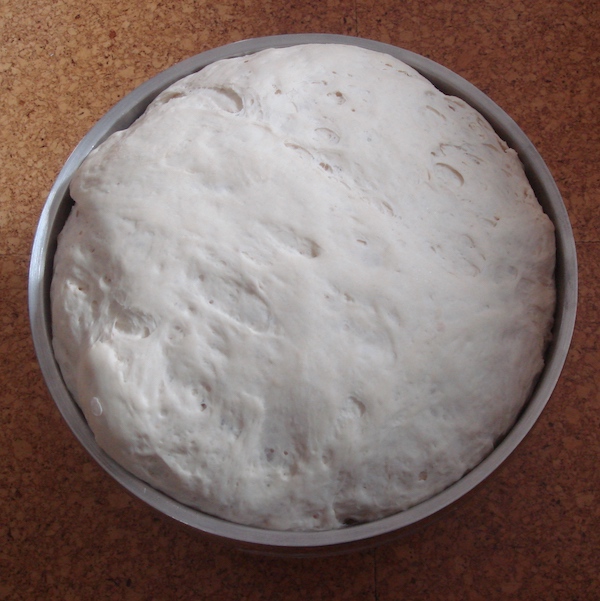
 >
>
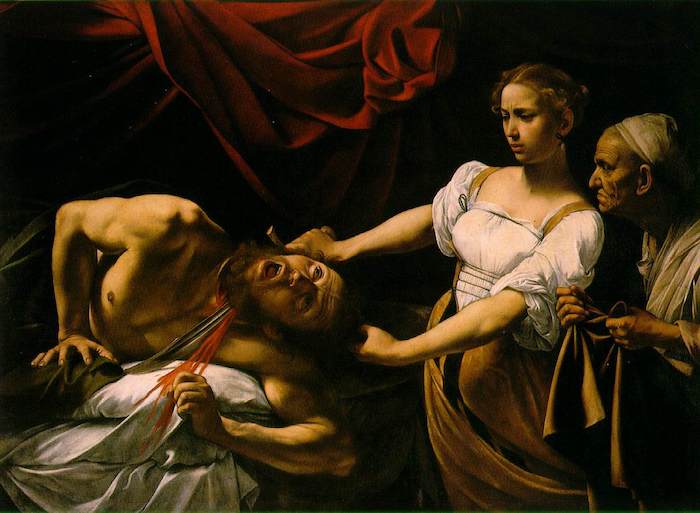
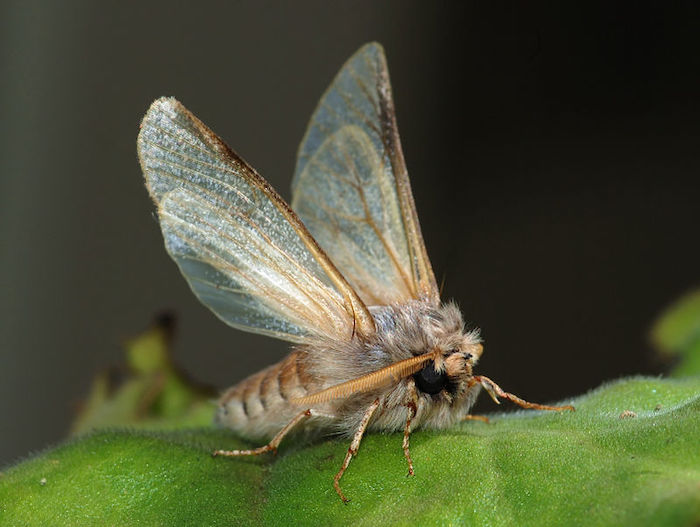

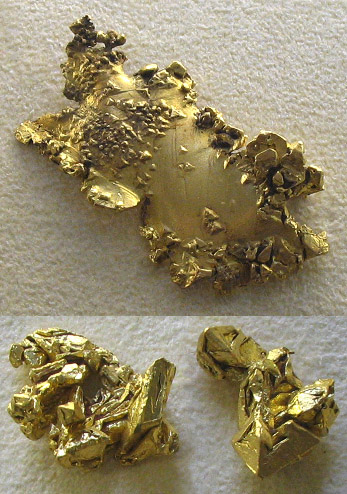
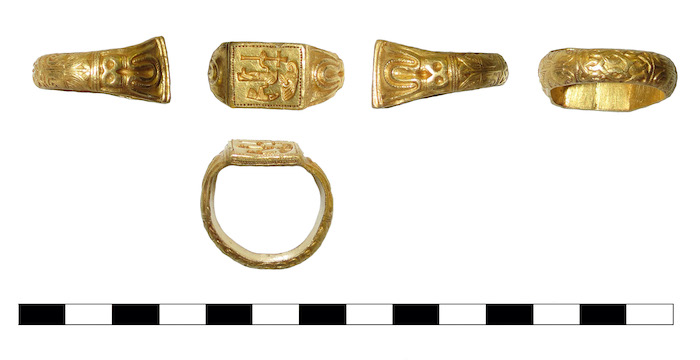
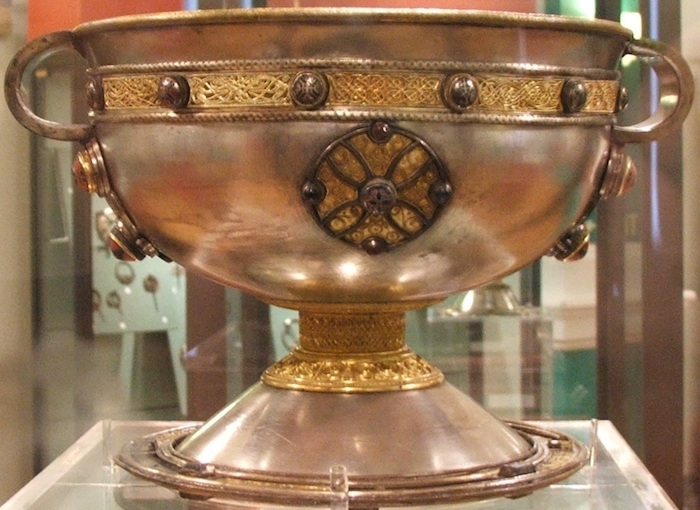
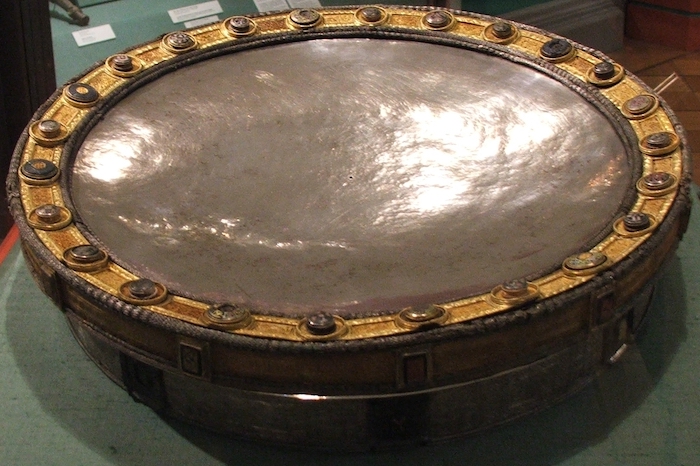
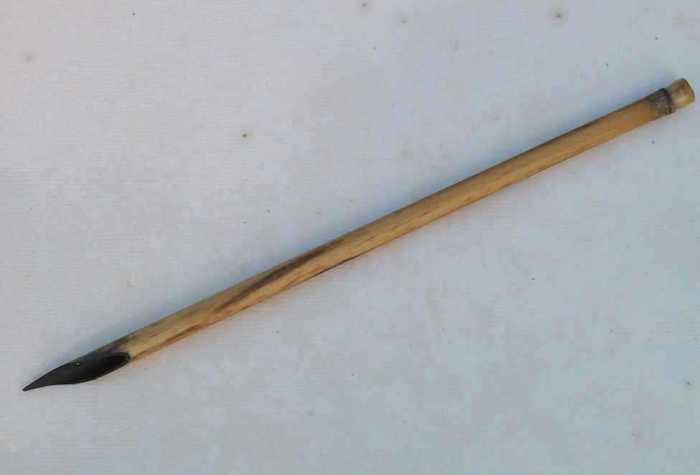
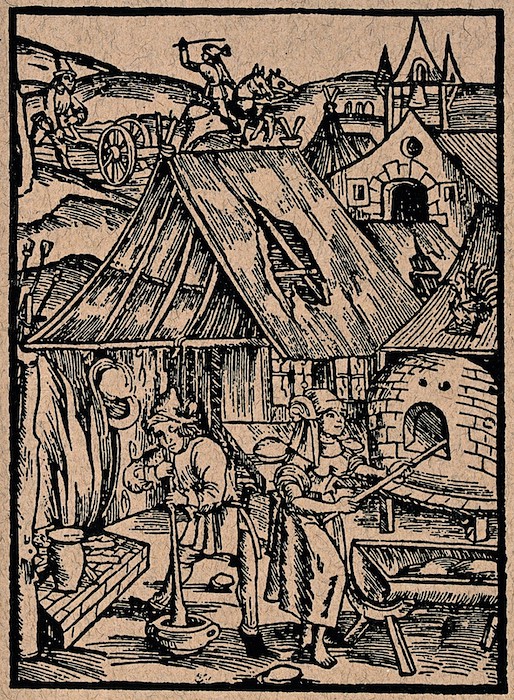
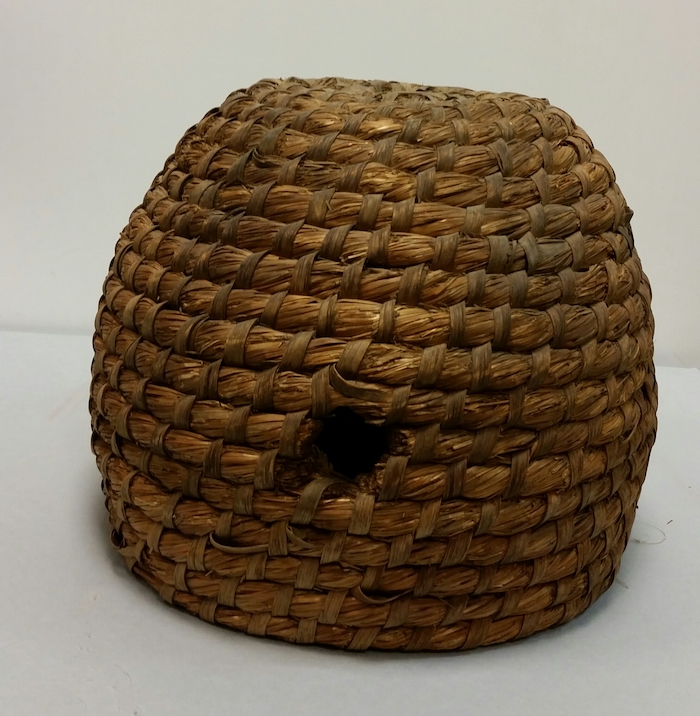


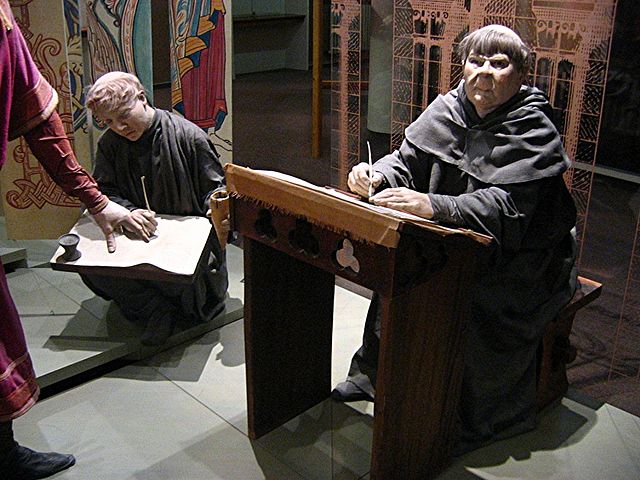

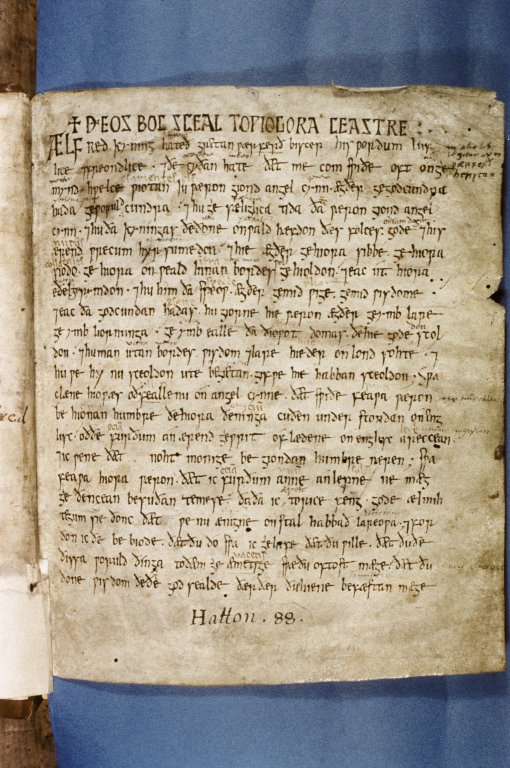
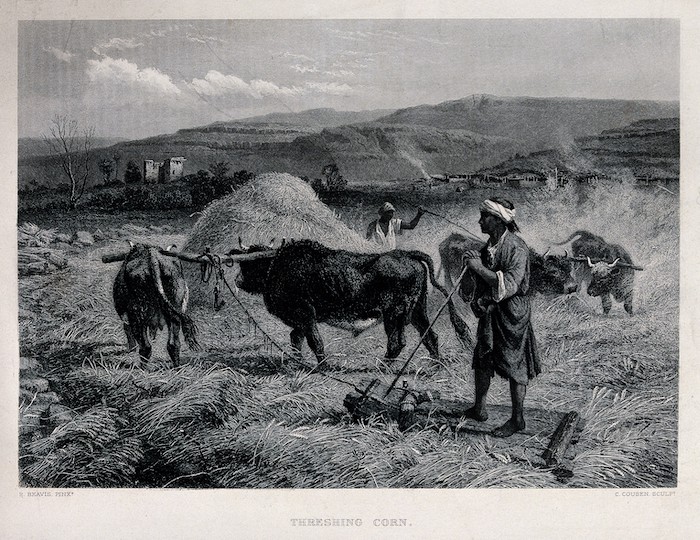

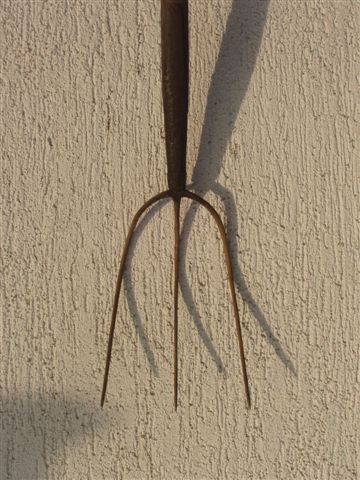
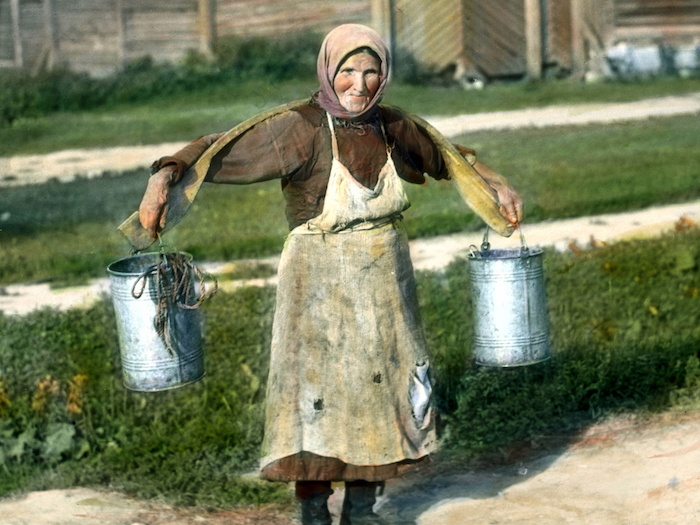
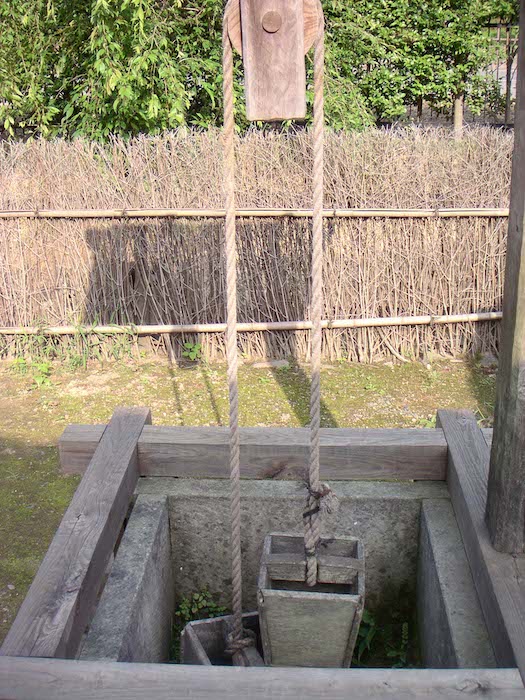
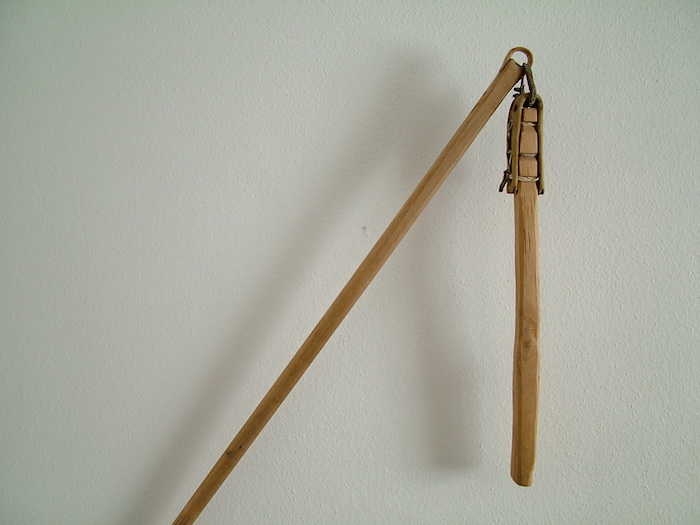
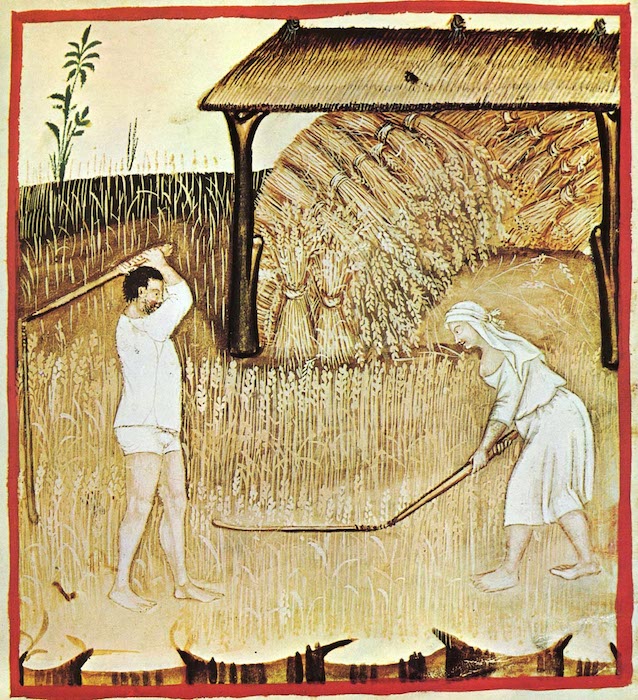
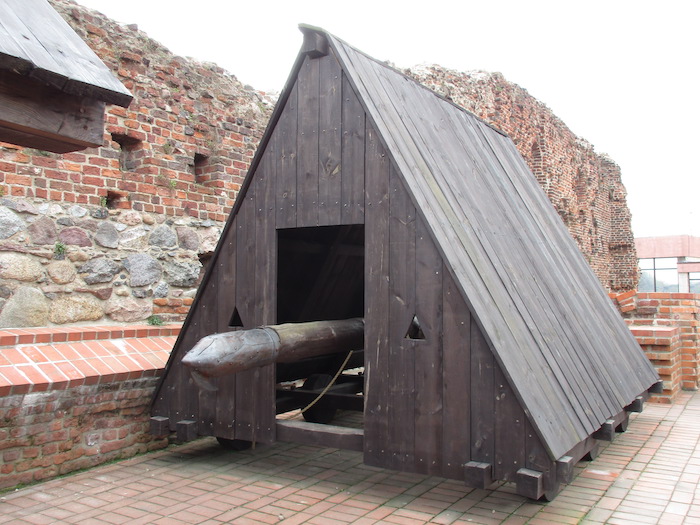
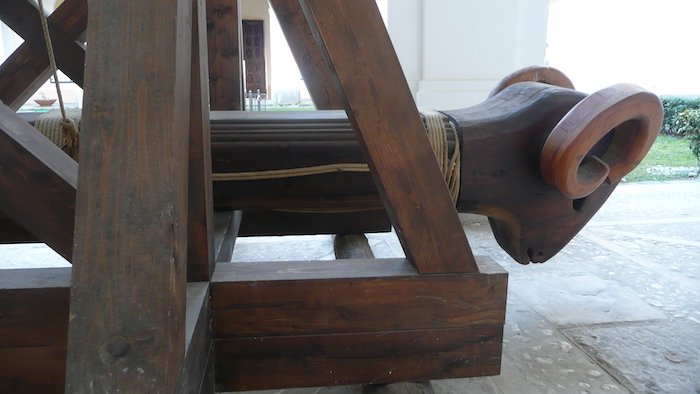
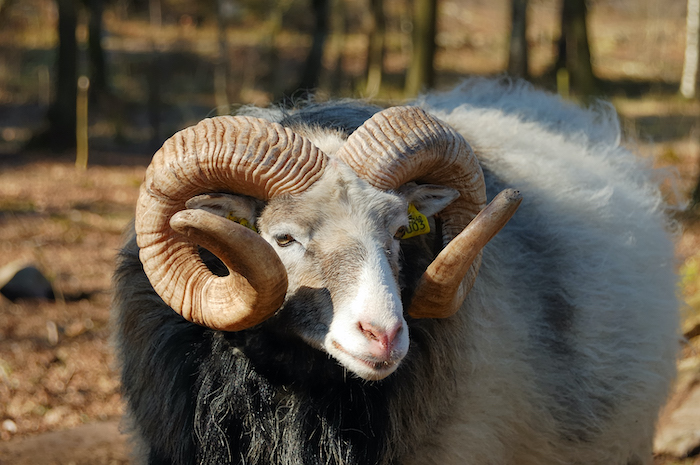
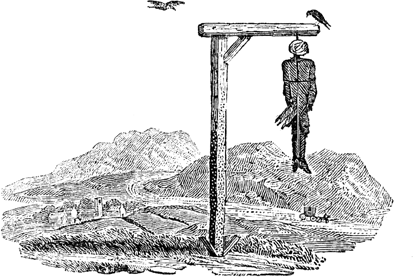


Commentary for Exeter Riddle 44
MEGANCAVELL
Date: Mon 21 Sep 2015Matching Riddle: Exeter Riddle 44
So…this riddle is pretty unambiguously raunchy, am I right? Something stiff that hangs under a man’s clothing by his thigh? The filling of an equally long hole? All the basics of a nudge-nudge joke are there for even the most sheltered of individuals to catch.
With imagery as blatantly obvious as this, the question then becomes “what other object acts this way?”
The answer seems to be a key, although “dagger” has also been suggested in the past. But key makes a great deal of sense, especially when we look at other medieval and biblical references to a sexy sort of unlocking. The favourite, here, is #49 of The Cambridge Songs, sometimes referred to as Veni dilectissime (for its first line):
Veni, dilectissime
et a, et o,
gratam me invisere.
et a, et o, et a, et o!
In languore pereo,
et a, et o!
Venerem desidero,
et a, et o, et a, et o!
[…]
Si cum clave veneris,
et a, et o,
mox intrare poteris,
et a, et o, et a, et o!
(Come, dearest love, with ah! and oh! to visit me with pleasure, with ah! and oh! and ah! and oh! I am dying of faintness, (refrain)! I am longing for love, (refrain)! […] If you come with your key, (refrain) you will soon be able to enter (refrain)!)
Catchy, right? Well, maybe not to everyone…someone took offence to this eleventh-century ditty and tried to erase parts of it from the manuscript. So, the version I’ve posted above involved a great deal of reconstruction by Peter Dronke (vol. 1, page 274; see also Ziolkowski, pages 126-7).
Behold, an early medieval slide key! Copyright: Lincolnshire County Council (Attribution-ShareAlike License).
Mercedes Salvador-Bello has written on the links between Riddle 44 and Veni dilectissime, and she argues that both verses should be read in the context of the Song of Songs/Solomon (Salvador, page 78). All the kissing and seeking out of lovers there can be read allegorically, with Christ as the lover of the church or of an individual’s soul. Here are just a few verses to give you a taster:
Dilectus meus misit manum suam per foramen, et venter meus intremuit ad tactum ejus. Surrexi ut aperirem dilecto meo; manus meae stillaverunt myrrham, et digiti mei pleni myrrha probatissima. Pessulum ostii mei aperui dilecto meo, at ille declinaverat, atque transierat. Anima mea liquefacta est, ut locutus est; quaesivi, et non inveni illum; vocavi, et non respondit mihi (Song of Solomon 5.4-6).
(My beloved put his hand through the key hole, and my bowels were moved at his touch. I arose up to open to my beloved: my hands dropped with myrrh, and my fingers were full of the choicest myrrh. I opened the bolt of my door to my beloved: but he had turned aside, and was gone. My soul melted when he spoke: I sought him, and found him not: I called, and he did not answer me).
[I’m going to go ahead and suggest that “bowels” is the worst possible translation decision for venter here, but I’ve left it in since it’s from the Douay-Rheims translation of the Latin Vulgate bible. Venter can also mean “belly” or “womb” (so, basically, an unspecific term for the lower part of the torso), either of which is far more appropriate in this case.]
Salvador-Bello goes on to map out the wider context of key imagery that involves Christ unlocking heaven’s doors and locking up demons in hell. Given all this, she concludes that unlocking is an especially Christ-like thing to do…which goes a long way to explaining the presence of Riddle 44 in a manuscript belonging to a cathedral. But, even so, the raunchiness is not to be denied.
Of this erotic imagery, D. K. Smith says: “the riddler’s success, and the resulting laughter, rests on the potential for shame and embarrassment – the chance to catch his victims with their imaginative pants down. Yet, if these riddles have the power to threaten their victims with the potential for humiliation, that is only half the equation. Even more important is their ability, through the humor they generate, to defuse that same implicit threat” (page 82). In other words, raunchy riddles allow people living in a shame culture to discuss taboo topics.
If you were a monk and the enjoyment of sex was off-limits (okay, maybe just “sex was off-limits,” since no one – monk or otherwise – was supposed to be enjoying it at that time), you could still make a veiled reference to it in a riddle and hide behind the innocent solution if someone called you out. In fact, in order to call out the riddler, the audience would have to admit that their minds were also veering down a dark and dirty path (Magennis, page 16-17). So, cue the uncomfortable giggle and the drawn-out pause as solvers attempted to read past the sexual veneer and determine a socially acceptable solution.
And I feel like not much has changed when it comes to the English-speaking world’s sense of humour. Sure, there’s a lot more open discussion about sex, and sexually explicit material is all over the place. But giggly, taboo-based, penis jokes remain quite firmly in the public’s consciousness. Yeah, I said “firmly.” What’s wrong with that? You pervs.
References and Suggested Reading:
Dronke, Peter. Medieval Latin and the Rise of European Love-Lyric. 2 vols. Oxford: Clarendon, 1965-66.
Magennis, Hugh. “‘No Sex Please, We’re Anglo-Saxons!’ Attitudes to Sexuality in Old English Prose and Poetry.” Leeds Studies in English, vol. 26 (1995), pages 1-27 (esp. 16-18).
Salvador(-Bello), Mercedes. “The Key to the Body: Unlocking Riddles 42-46.” In Naked Before God: Uncovering the Body in Anglo-Saxon England. Edited by Benjamin C. Withers and Jonathan Wilcox. Morgantown: West Virginia University Press, 2003, pages 60-96 (esp. 76-82).
Smith, D. K. “Humor in Hiding.” In Humour in Anglo-Saxon Literature. Edited by Jonathan Wilcox. Cambridge: D.S. Brewer, 2000, pages 79-98 (esp. 88-94).
Ziolkowski, Jan M., ed. The Cambridge Songs (Carmina Cantabrigiensia). New York: Garland, 1994.
Tags: anglo saxon exeter book riddles old english solutions riddle 44
Related Posts:
Commentary for Exeter Riddle 61
Commentary for Exeter Riddle 81
Commentary for Exeter Riddle 85